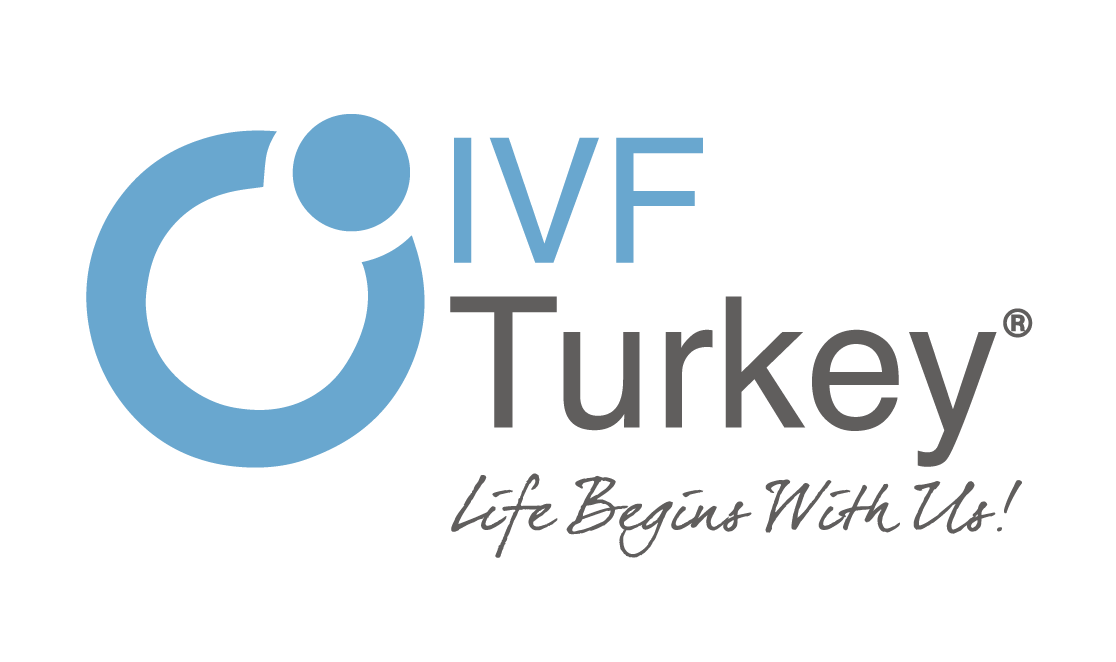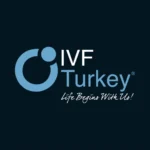Welcome to the ever-evolving landscape of in vitro fertilization (IVF). At IVF Turkey, we recognize that one size does not fit all when it comes to fertility treatment. This article is your guide to the diverse IVF protocols designed to address individual needs and challenges. Whether you’re starting your IVF journey, dealing with poor ovarian response, or seeking a gentler approach, we’ll explore Long Protocol IVF, Short Protocol IVF, Natural Modified IVF, Microflare IVF, and the Flare-Up IVF Protocol. Join us as we navigate the world of IVF, where science and personalized care merge to make parenthood a reality.
Characteristics and suitability of IVF protocols
This table shows the main characteristics and suitability of each IVF protocol, along with how long each treatment usually takes.
| IVF Protocol | Key Features | Suitability | Duration |
|---|---|---|---|
| Long Protocol IVF | Precision in hormonal control, extensive ovarian stimulation | Various fertility cases | 4-6 weeks |
| Short Protocol IVF | Efficient, time-effective, less extensive ovarian stimulation | Regular cycles, good ovarian reserves | 2 weeks |
| Natural Modified IVF | Emphasizes egg quality over quantity, minimal stimulation | Fertility concerns with ovarian quality | Varies |
| Microflare IVF Protocol | Diluted Lupron, maximizes ovarian response | Low ovarian reserve or poor response history | Varies |
| Flare-Up IVF Protocol | “Jump-starts” ovarian response | Ovarian response challenges | Varies |
| Letrozole Treatment Protocol | Reduces intra-ovarian aromatization | Specific fertility needs | Varies |
In the following, we will provide detailed information about each IVF protocol.
Long Protocol IVF
The Long Protocol IVF, also known as the “Luteal Lupron” or “Down-Regulation” protocol, is one of the several methods used in in vitro fertilization (IVF) treatments. This protocol involves a series of carefully timed steps to prepare the ovaries and the woman’s body for the IVF process. Here’s how the Long Protocol IVF typically works:
- Hormonal Assessment: Before starting the Long Protocol, the patient undergoes blood tests to measure hormone levels, especially to assess their natural menstrual cycle.
- GnRH Agonist Administration: The Long Protocol IVF begins in the luteal phase of the previous menstrual cycle, around day 21. The patient is administered a medication called a Gonadotropin-Releasing Hormone (GnRH) agonist, often in the form of a drug called Lupron. The purpose of this medication is to suppress the body’s natural hormonal signals, preventing the release of luteinizing hormone (LH) and follicle-stimulating hormone (FSH). This suppression is necessary to control the timing of egg maturation and retrieval.
- Stimulation: Once the down-regulation is achieved, controlled ovarian stimulation starts. The patient is administered a follicle-stimulating hormone (FSH) medication to stimulate the ovaries to produce multiple eggs. This stimulation usually begins within the first 2-7 days of the menstrual cycle and continues for about 8-11 days. During this time, the patient will need to self-administer daily subcutaneous injections of the FSH medication.
- Monitoring: Throughout the stimulation phase, the patient’s hormone levels and follicle growth are closely monitored through blood tests and transvaginal ultrasound. The dose of FSH may be adjusted as necessary to optimize egg production.
- HCG Injection: Once the ovarian follicles have reached an appropriate size and hormone levels indicate that the eggs are mature, a human chorionic gonadotropin (HCG) injection is administered. This hormone triggers the final maturation of the eggs, making them ready for retrieval. The HCG injection is usually given when estradiol levels reach a certain threshold, typically around 1000 to 4000 pg/ml.
- Egg Retrieval: Egg retrieval is scheduled 34-36 hours after the HCG injection. During this procedure, a transvaginal ultrasound-guided needle is used to aspirate the mature eggs from the ovarian follicles.
- Embryo Transfer: The retrieved eggs are then fertilized with sperm, and the resulting embryos are cultured for a few days. Once they reach a suitable stage of development, one or more embryos are transferred into the woman’s uterus, typically 3-5 days after egg retrieval.
The Long Protocol IVF is known for its precision in controlling the menstrual cycle and stimulating the ovaries, making it suitable for various infertility cases. However, it can be more intensive and time-consuming compared to other IVF protocols. The primary aim of this protocol is to optimize the chances of a successful pregnancy while carefully controlling the process from start to finish.



